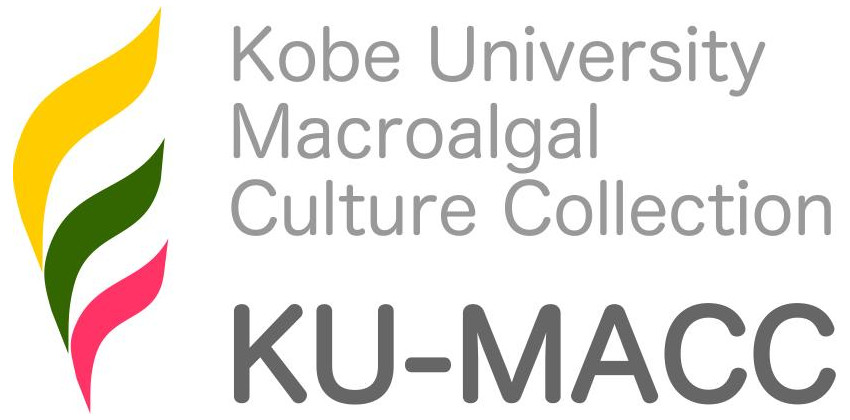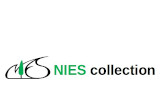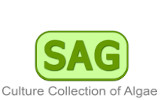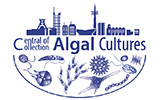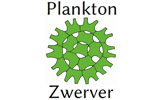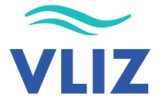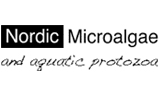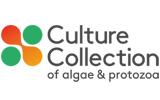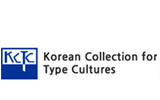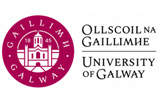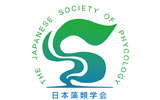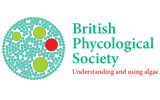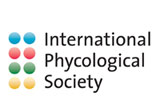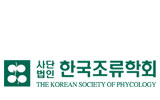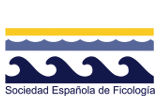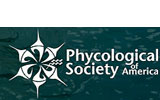Chara braunii C.C.Gmelin 1826
Publication Details
Chara braunii C.C.Gmelin 1826: 646
Published in: Gmelin, C.C. (1826). Flora Badensis, Alsatica et confinium regionum cis et transrhenana plantas a lacu Bodamico usque ad confluentem Mosellae et Rheni sponte nascentes: exhibens secundum systema sexuale cum iconibus ad naturam dileneatis. Tom. IV. Supplementa et Indicibus. pp. [i–iv], [1]–807 [+1], 9 plates [I–IX]. Carlsruhae: In Officina Aul. Mülleriana.
Type Species
The type species (lectotype) of the genus Chara is Chara vulgaris Linnaeus.
Status of Name
This name is of an entity that is currently accepted taxonomically.
Type Information
Neotype locality: "Prope Oldenico" [Piedmont, Italy]; (Wood & Imahori 1965: 262) Neotype ("Prope Oldenico/aetate 1856" designated by Wood 1965: 262): Malinverni; aestate 1856; NY; 00945633 (Arbeitsgruppe Armleuchteralgen Deutschland 2015: 253)
General Environment
This is a freshwater species.
Created: 11 April 2002 by M.D. Guiry.
Last updated: 20 January 2025
Verification of Data
Users are responsible for verifying the accuracy of information before use, as noted on the website Content page.
Nomenclatural note
temp. (INA). - (30 June 2015) - G.M. Guiry
Distributional note
"Chara braunii has an apparent worldwide distribution (Wood and Imahori 1965), and because of this, and ease of culturing, has been the first charophyte for which the entire genome has been documented (Nishiyama et al., 2018). Chara braunii has been considered to be widely distributed (Norway, Sweden, Blindow, 2000), Finland, Germany (Migula, 1889-1897), Belgium (Crepin, 1863), France (Hy, 1913), The Netherlands (Bruinsma, 2010), Corsica, Spain, Italy, Austria, Hungary (Filarszky, 1893), Croatia (Istria), Libya, Syria, East Indies, Canada, USA (Robinson, 1906), Mexico, Hawaii, Australia (Wood, 1972), Chile (Schubert et al., 2015) and New Zealand, with some of the specimens described as different forms or varieties. Additional localities, UK (Groves and Bullock-Webster, 1924), Greece (Koumpli-Sovantzi, 1997), Poland (Urbaniak and Gabka, 2014), Serbia (Vesic et al., 2016), Czech Republic (Caisová and Gabka, 2009), have since been recorded. The work of Proctor (1970) demonstrated that many of the specimens within the worldwide distribution of the species cannot be crossed to produce fertile offspring, and yet, because of the similarity of morphology and habitat (mostly temporary wetlands and warm water bodies) they are all retained within the concept of Chara braunii." (Casanova & Doege 2024). - (08 January 2025) - M.D. Guiry
Conservational note
"Chara braunii is listed as %u2018Vulnerable%u2019 in Finland and Sweden and %u2018Data Deficient%u2019 in Poland (Urbaniak, 2007). The UK records are thought to be based on an introduction of the species in the vicinity of cotton-processing mills, where it was able to persist in abnormally warm water temperatures (Groves and Bullock-Webster, 1924), and the locality has since been destroyed, resulting in its listing as %u2018extinct%u2019 in the UK (Stewart and Church, 1992). It has been described as %u2018on the Red List of many countries in Europe%u2019 and was %u2018close to extinction%u2019 in Southern France (Soulié-Märsche and Vautier, 2004). The number of sites recorded in the Camargue have risen over the last few years due to the increasing production of organic rice (Mouronval et al., 2015). Throughout the rest of Europe Chara braunii is considered relatively widespread and abundant and may even be increasing (Doege et al., 2016). Its particular habitat (shallow temporary wetlands and fishponds) is under increasing threat via land-use change and inappropriate cultivation or flooding regimes. Conservation of this species can only be undertaken through conservation and appropriate management of its habitat." (Casanova & Doege 2024). - (08 January 2025) - M.D. Guiry
Linking to this page: https://www.algaebase.org/search/species/detail/?species_id=27149
Citing AlgaeBase
Cite this record as:
M.D. Guiry in Guiry, M.D. & Guiry, G.M. 20 January 2025. AlgaeBase. World-wide electronic publication, National University of Ireland, Galway. https://www.algaebase.org; searched on 01 April 2025
 Request PDF
Request PDF